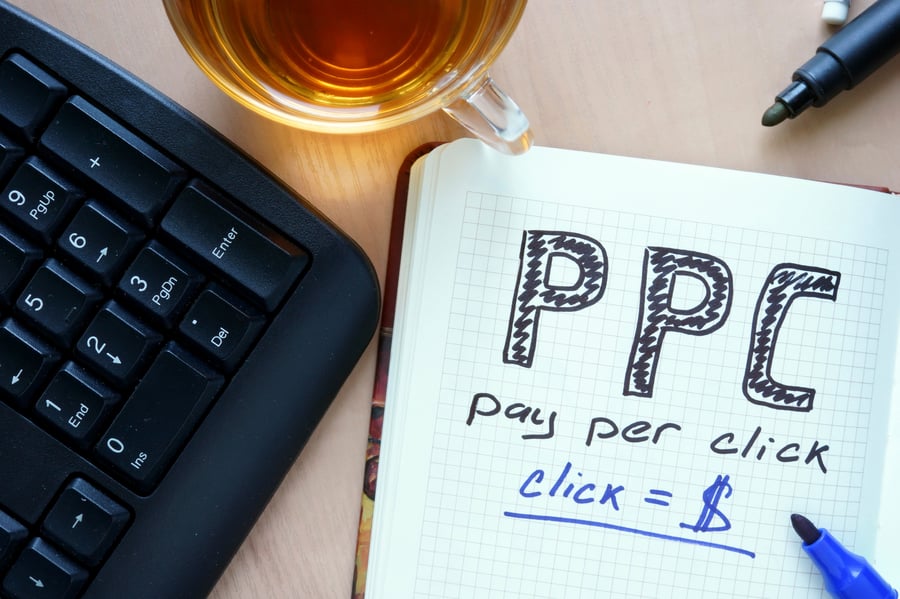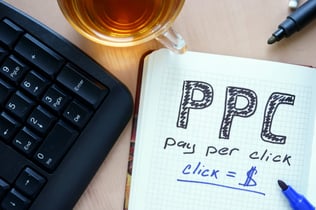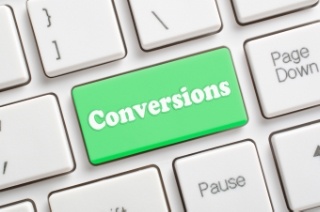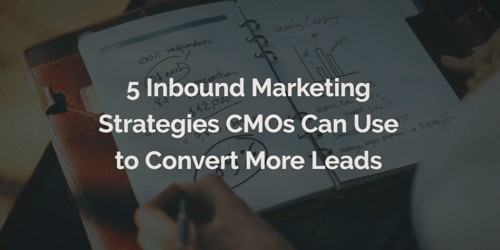8 Ways to Lower Your Cost-Per-Conversion Now

 Digital marketing campaigns produce dozens of metrics to evaluate, compare and improve. One of the most important of these is conversion. Broadly speaking, a conversion is a defined action that a prospective customer takes at some point during the buyer's journey. In some cases, "conversion" is synonymous with "sale." In others, conversions occur much earlier in the journey, sometimes near the very beginning.
Digital marketing campaigns produce dozens of metrics to evaluate, compare and improve. One of the most important of these is conversion. Broadly speaking, a conversion is a defined action that a prospective customer takes at some point during the buyer's journey. In some cases, "conversion" is synonymous with "sale." In others, conversions occur much earlier in the journey, sometimes near the very beginning.
With few exceptions, it's in your best interest to increase the overall number of conversions your marketing campaign produces. You should also focus on boosting your conversion rate, which is defined as the number of conversions you achieve against the total number of opportunities to convert. There's a third conversion-related metric to focus on as well: your cost-per-conversion.
What Is Cost-Per-Conversion?
Your website's cost-per-conversion is calculated as the total revenue attributable to your website within a given period divided by the number of conversions your website generates during that period. More broadly, your marketing operation's cost-per-conversion is calculated as the total revenue attributable to your marketing efforts divided by the total number of conversions it generates.
Note that this global cost-per-conversion metric may include conversions generated by non-digital efforts as well as multiple conversion definitions. For instance, one channel's conversion might be defined as a physical, in-store purchase. Another's might be signing up for an email list or filling out a survey.
If you're serious about reducing your website conversion costs, follow these eight simple tips.
1. Remove Keywords for Unrelated Searches
Unrelated keywords are search terms that don't directly relate to your company's lines of business. However, your website still ranks highly for them. While it's nice to rank for keywords that you're not targeting, it doesn't make sense to bid for such terms in a pay-per-click campaign when marketing budgets are tight.
That's because some keywords tend to not generate many conversions. Even when your website ranks highly for an unrelated search term, it's unlikely to have information that people entering that term find useful.
Unless you can make a convincing case for a particular search term, eliminate it from your pay-per-click campaign by adding it to your negative keyword list, which are keywords that you don’t want to show up for in the campaign.
2. Set a Keyword Bid Budget
If you don't already have a keyword bid budget, set one. While this can be challenging when you're trying to rank highly for competitive search terms, it's the easiest way to control your marketing costs short term.
More importantly, a bid budget can actually improve your cost-per-conversion metric in the long run by forcing you to optimize for less competitive terms that are close to your company's services and attract people looking for the sorts of solutions you provide.
In other words, a stingy bid budget results in a more relevant inbound campaign and more conversion bang for your buck.
3. Improve Your Quality Score
Although it's certainly not the fastest or easiest way, this is arguably the most important step you can take to reduce your conversion costs over time. The Google Quality Score determines your ads' overall contextual relevance. Higher quality scores usually translate to lower ad costs, which is a critical consideration for any cost-conscious marketing campaign.
4. Rework Your Ad Copy
It doesn't cost much to rework your PPC and social media ad copy. Focus on punchy, catchy material that reinforces your core value proposition and succinctly outlines your company's solutions. Don't worry about explaining everything in a few lines of text. Instead, aim to generate as many clicks as possible and save the more detailed explanations for the landing pages where your ads lead.
5. Analyze Conversions by Time of Day
Use your website analytics suite to assess the times of day during which your prospects are most likely to convert. If you notice huge variations in conversion rates at a particular time, such as the overnight hours in your time zone, consider adjusting your ad to reduce or eliminate exposure during those periods. However, companies that cater to global audiences need to be careful about this: If your e-commerce portal runs 24/7, your ads probably should too.
6. Use Re-marketing Campaigns
Re-marketing is a powerful way to capture potential leads that may have slipped through the fingers of previous marketing attempts. Essentially, re-marketing campaigns allow you to target the same pool of prospects as your original campaigns. Most major advertising platforms offer them, usually at a rate that works out to a fraction of the cost-per-conversion of a first-line campaign.
7. Optimize for Mobile
Mobile is the future of marketing, and that future is very much here. If your website isn't optimized for mobile consumption, a thorough revamp should be high on your list. You need to devote a significant fraction of your marketing budget to mobile ads. By making it easier and more enticing for mobile users to convert, you'll reduce your overall cost-per-conversion metric.
8. Invest in Email Marketing
Email marketing is a cost-effective way to nurture leads. If your defined conversion action comes after your prospects sign up for an email marketing list, it's also a great way to drive conversions.
Learn More About How to Lower Your Cost-Per-Conversion
Lowering your cost-per-conversion isn't a 100-meter dash on smooth pavement. It's more like a marathon through hilly, muddy and sometimes hostile terrain.
If you're a bit overwhelmed by the thought of overhauling your marketing operation, you're not alone. We're committed to helping our clients determine the best way to cut out unnecessary efforts from their conversion operations without disturbing any essential elements.
No matter how basic you think your questions are, we’ll answer them and provide you with the tools you need to build your digital marketing system for the long haul. Don't hesitate to get in touch!







